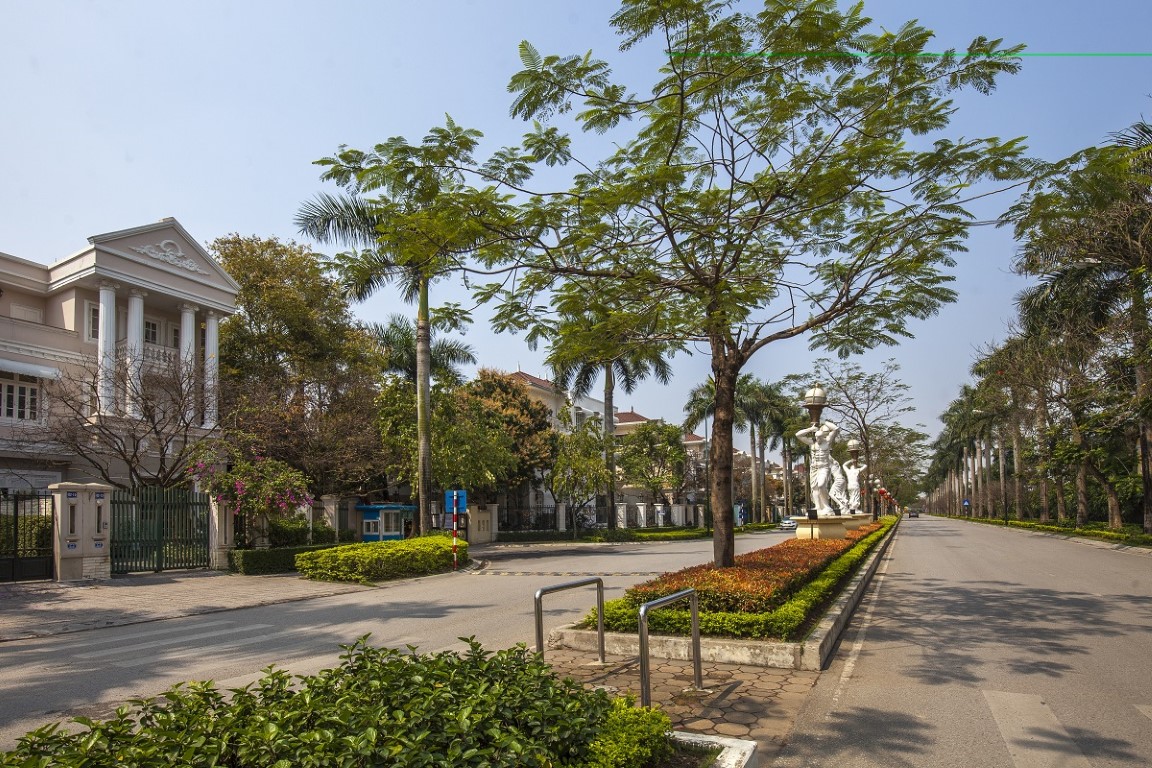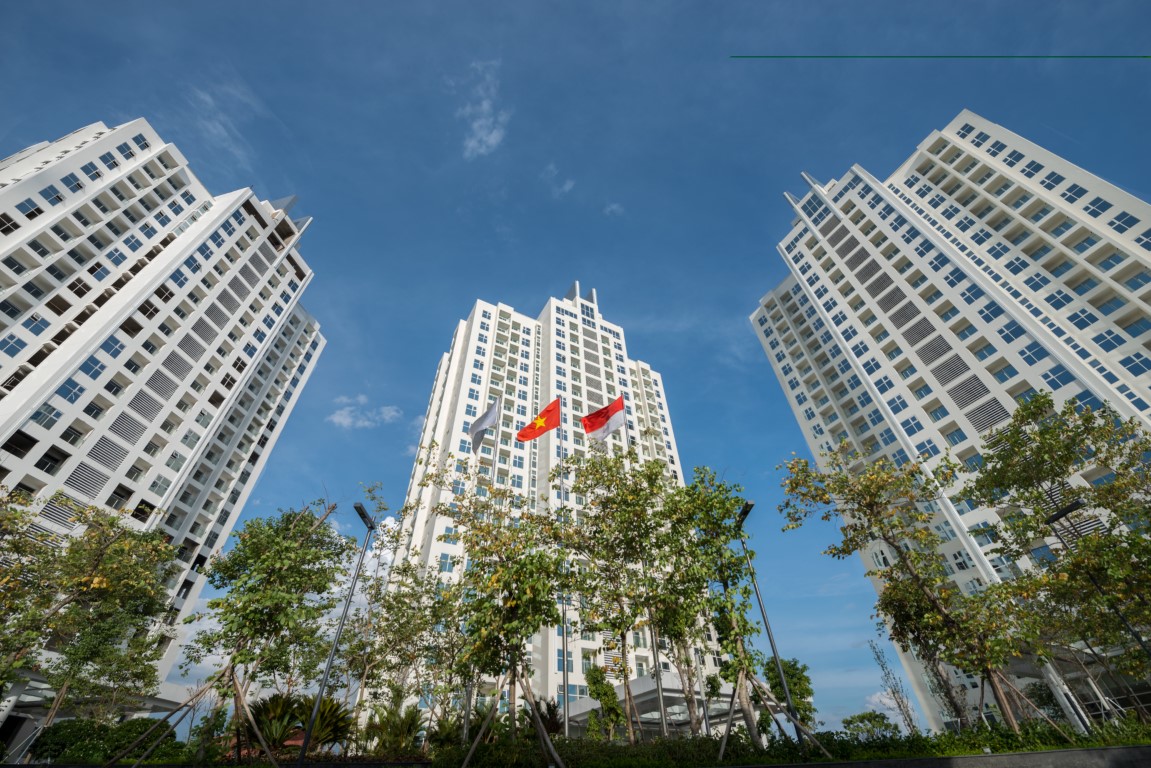08/09/2018
Administrative center was ‘splited’ from the capital: Will the real estate have been ‘roused’?
As the population pressure in the capital has become overwhelming, the movement of public authorities out of the inner city is inevitable. Many countries have chosen to build new administrative centers such as Korea and Malaysia. However, not all countries are as successful as these two countries when residents do not choose to move to the new city that makes real estate investors completely “offside.”
Lessons from Korea and Malaysia: The secret is green space and transport infrastructure
Sejong (South Korea) and Putrajaya (Malaysia) are two of the typical examples of a city-centric administration separated from the main Capital. The background of these two cities comes from the huge population pressure on the Capital’s infrastructure. Therefore, the construction of a new city and removal of administrative agencies from the inner city is an indispensable solution to reduce the pressure.
However, the reality shows that not all countries are successful with this option when residents do not feel like moving to the new city. A careful analysis of Sejong and Putrajaya’s lessons, almost two decades apart (Sejong was inaugurated in 2012 and Putrajya was emerged in 1995) showed that there are two ‘common denominators’ from these two Asian countries.
First, it is the green space that accounts for most of the total area of the city. Specifically, 38% of the 4,932 hectares of Putrajaya “forest city” are for parks, lakes and marshes. Meanwhile, the number in Sejong is even more impressive: 52%, much higher than the new cities (green space ratio is only about 20-30%). Obviously, as the speed of urbanization and concretization is accelerating, green space is increasingly decreasing,“paradise green” like Putrajaya or Sejong is the best option.
The second ‘denominator’ of these two cities is the development of transportation infrastructure which makes moving from the Capital center to the administrative center and vice versa very quickly. If for Putrajaya, the travel time is 15 minutes for a distance of about 30km, for Sejong, the required time is 40 minutes for the distance of 120km.
Not far from the Capital, but lived in more ecologically-oriented space (Putrajaya and Sejong are smart cities) and cheaper living standards, many residents choose to emigrate from the “dear” Capital to “settle” in new administrative centers. This has made the real estate market here develop strongly. In 2013, just one year after Korea officially opened its new administrative capital, Sejong, apartment prices here have risen sharply, some projects up to 40-50%. Meanwhile, at present, in Putrajaya, the occupancy rate of office and commercial buildings has always reached 90%.
West Lake new administration center: Enriched with both green space and infrastructure
Referring from the lessons learned from Sejong and Putrajaya, Hanoi’s decision to relocate 8 departments to the centralized administrative area on Vo Chi Cong Street (Tay Ho District) is surely just the beginning of the strong development of the real estate market here.
Both factors considered necessary to ensure the success of the new administrative center such as green space and transport infrastructure are converging in Tay Ho. Specifically, according to Decision No. 4177/QD-UBND on 08/8/2014 on the approval of Planning urban division in the West Lake and surrounding areas (A6), park land and urban green trees are planned with total area of 604.82 ha, accounting for 60.91% of the total area.
Secondly, the infrastructure system continuously upgraded and newly built is also a “plus” points of this area. The routes such as Vo Chi Cong, Hoang Quoc Viet, Metro 2, Nhat Tan, Cat Linh – Ha Dong … are to connect to the city center, Noi Bai International Airport and neighboring provinces in the north.
Of course, from the lessons of other countries, with the arrival of the new administrative center, there is no shortage of new residents who are interested in the green and modern life. Therefore, according to forecasts, urban areas developed according to green living concept with closed utility will certainly be selected by these residents. Obviously, according to the above criteria, the well-known urban areas like Ciputra will definitely be the ideal “habitation “, especially when Ciputra is the key point of Metro Line 2 to go to the center.

Ciputra Hanoi is the first international urban area in Hanoi
Emerging as a “phenomenon” in the real estate market more than 10 years ago, the first international urban area in Hanoi – Ciputra includes area of 301 hectares, of which area of trees and water surface occupies nearly 30%. This is a model international urban with a strategy to develop luxurious and sustainable green habitat that many residents of Ha Thanh and foreigners have choosed to settle.

Green living space stretches across the streets of Ciputra
Along with the continuous efforts to improve and upgrade the quality of life, Ciputra’s investor is constantly introducing new products for the high-end real estate market in Hanoi… However, opportunity to own high-end real estate in the golden land with the standard green habitat here is really very finite. Typical example is Grand Gardenville Tay Ho with 161 villas adjacent to 25ha green park and the rest is not much, and the few apartments in The Link 345 apartment building has a on-high green lifestyle with the one to three-bedroom apartments, modern design, not only enjoying the common facilities of the whole area, but also owning the privileged inner utilities such as swimming pool, tennis court, gym, park and children’s playground.

The Link345 apartment complex is about to be handed over in Q3/2018









